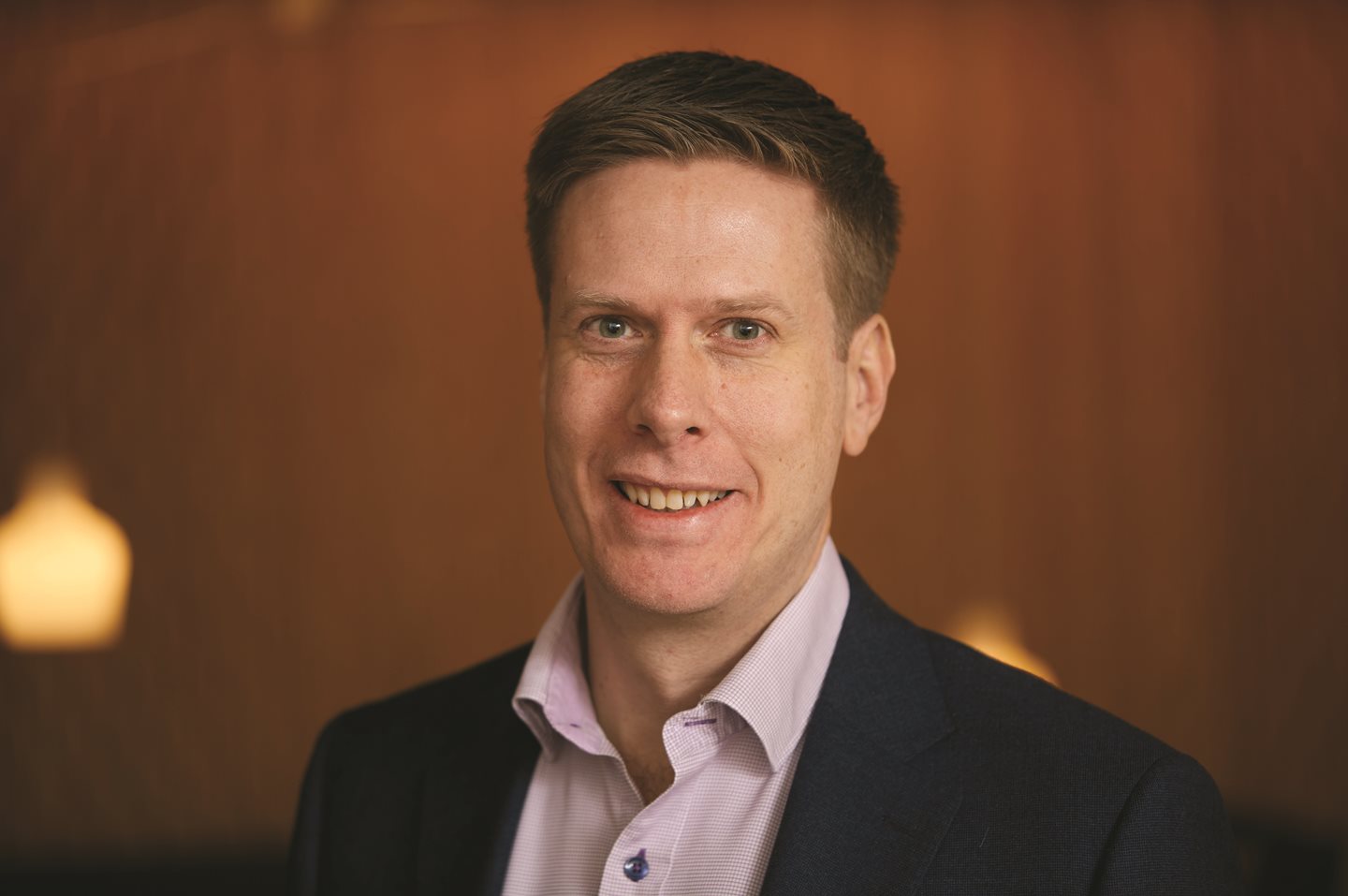"Our aim is to change and develop the forestry"
The transition from fossil-based and linear value chains to bio-based and circular solutions is in full swing, but needs to be accelerated if we are to have any chance of meeting the challenges of the climate crisis. An important contribution from the forest is the replacement of fossil-based products, and in the future more bio-based materials and products could contribute to global markets. Development is already taking place in in Swedish forests and forestry, but our forestry use needs further development towards better utilisation of natural resources, reduced emissions and a positive change in forest biodiversity. Sustainable development in the forest includes complex issues, as well as occasionally difficult trade-offs when several objectives are to be achieved. Digital tools can be an important support in these processes.

The Mistra Digital Forest research programme contributes to sustainable development in forestry in many ways, which I illustrate with a couple of examples. Using high-resolution data, we develop smart tools that enable improvements in resource utilisation and production planning, by giving sawmills and pulp mills more information about the raw material that is on its way. Our understanding of how the forest develops increases with solid data, and with tools that can handle large amounts of data. We are building knowledge about how biodiversity can be linked to forest structures, and further developing tools for planning forestry in order to minimise the risk of climate-related damage such as storms, bark beetle attacks or floods. In addition, we are developing smart tools to minimise tracking damage, fuel consumption and emissions from forest machines.
As we sum up 2022, phase 1 of the programme has been completed, and I can confirm that a lot has happened. Different groups of researchers with distinct areas of expertise have grown closer and are now working in integrated projects. I also see many examples of research that has resulted in both scientific articles in highly regarded journals, as well as promising field trials in the companies. Hearing how the companies have developed – both technically by implementing results in their operational activities, and organisationally by challenging traditional ways of working and old business models when digital solutions are available – is immensely gratifying for us as a research programme. Our goal is to change and develop forestry, and we are convinced that the forest in the future will deliver even more than it does today in terms of social, economic and environmental values.